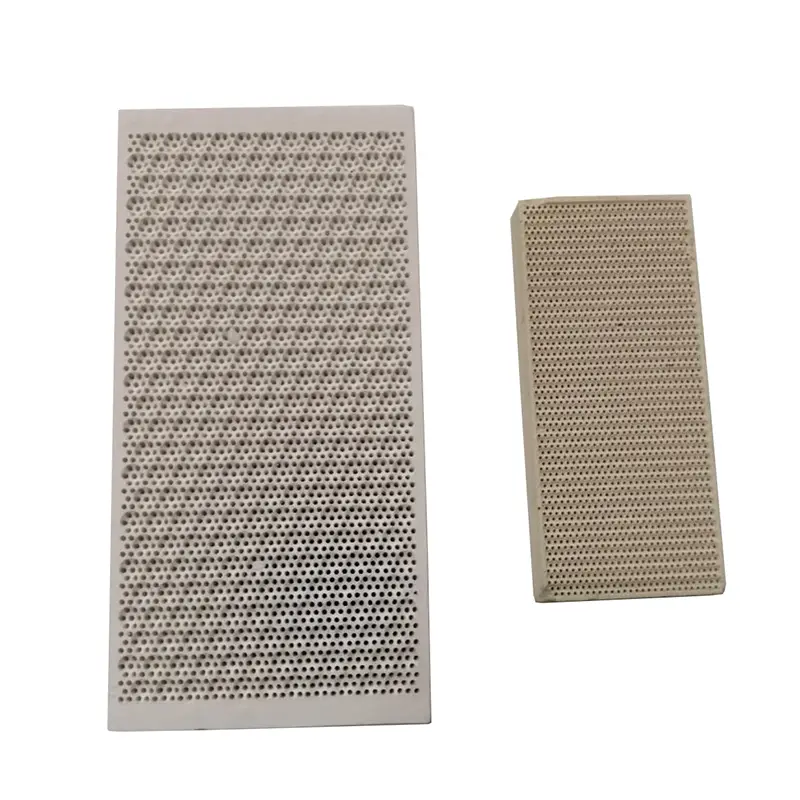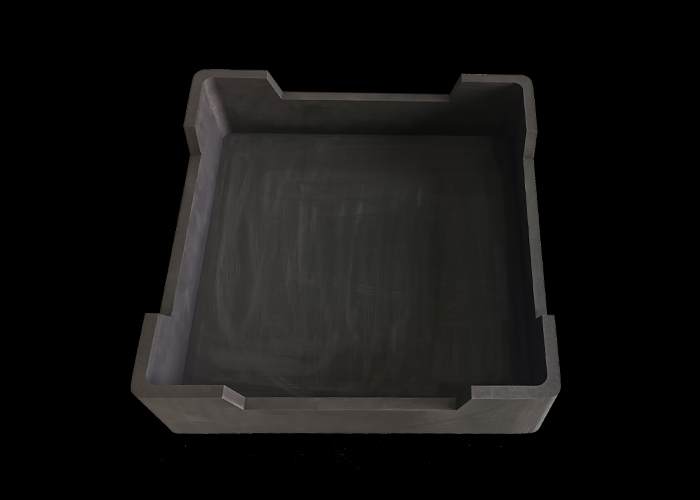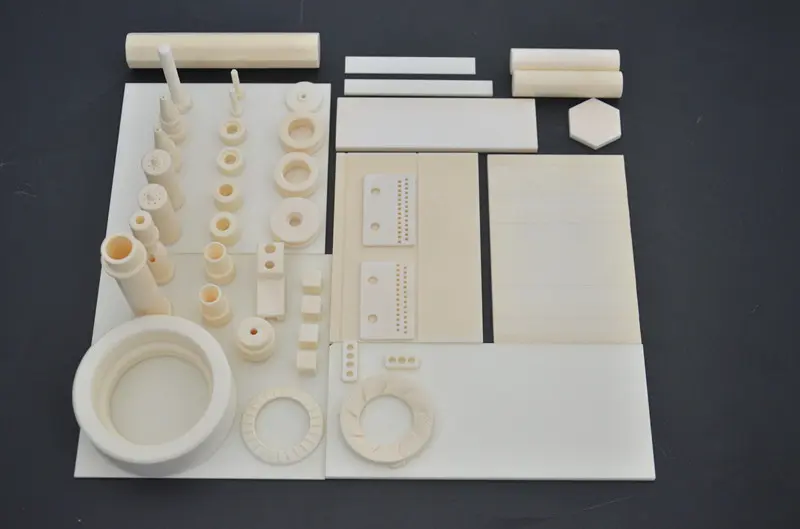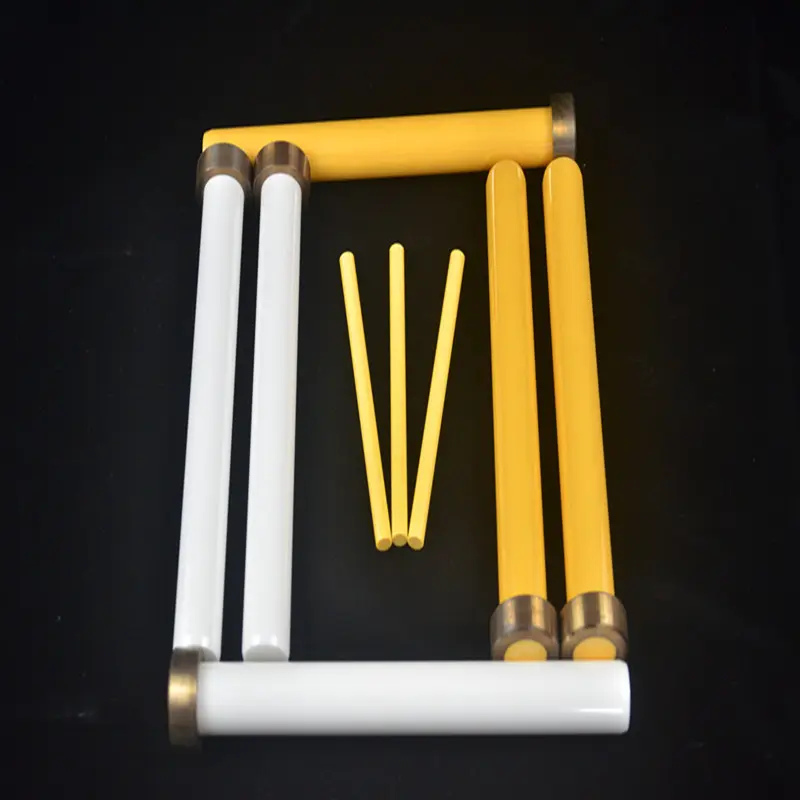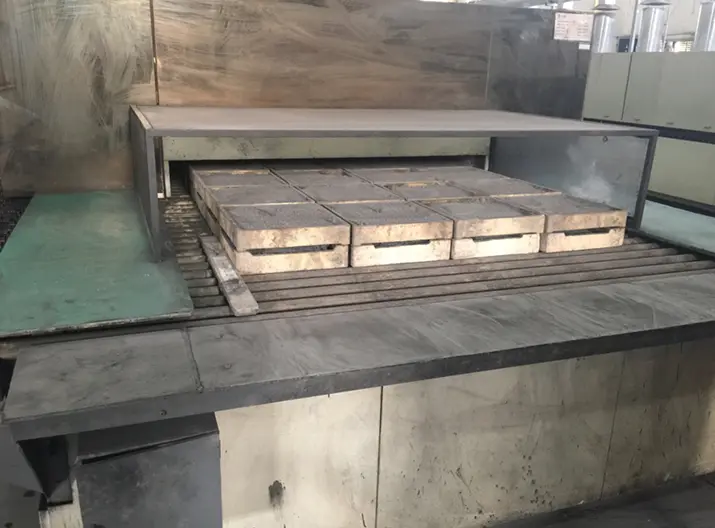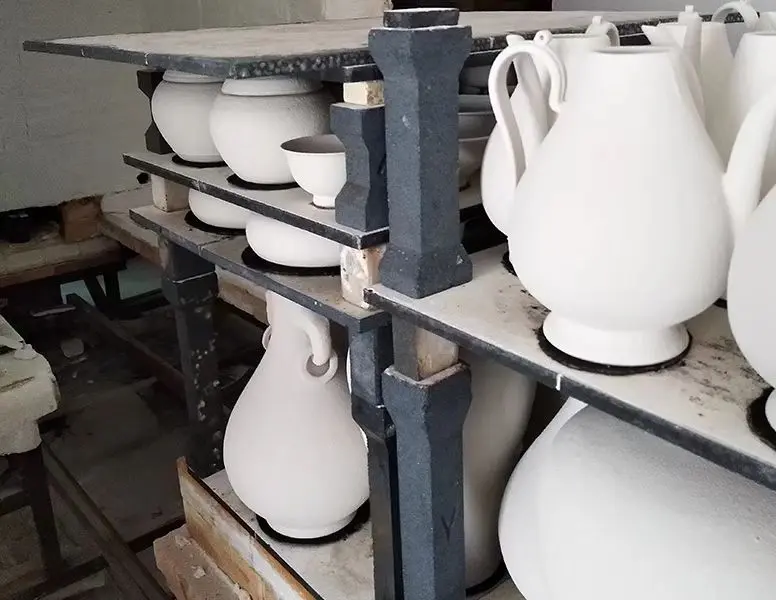Ceramic Cuplocks: Features and Applications
Key Features of Ceramic Cuplocks
-
High Strength & Durability
Ceramic cuplocks are engineered to withstand heavy loads and harsh environments. Unlike traditional metal cuplocks, ceramic variants are resistant to rust and chemical degradation, ensuring long-term reliability. -
Lightweight Yet Robust
Despite their strength, ceramic cuplocks are lighter than steel alternatives, reducing the overall weight of scaffolding structures while maintaining structural integrity. -
Thermal & Electrical Insulation
Ceramic materials provide excellent insulation against heat and electricity, making these cuplocks ideal for use in high-temperature environments or near electrical installations. -
Easy Installation & Versatility
The cuplock system allows for rapid assembly and disassembly, facilitating efficient scaffolding adjustments. The interlocking mechanism ensures a tight fit, minimizing movement and enhancing safety. -
Corrosion & UV Resistance
Unlike metal cuplocks, ceramic versions do not corrode when exposed to moisture, chemicals, or prolonged sunlight, making them suitable for coastal and industrial applications.
Applications of Ceramic Cuplocks
-
Construction Scaffolding
Ceramic cuplocks are extensively used in building construction, bridge work, and renovation projects. Their stability and load-bearing capacity make them ideal for supporting workers and materials at elevated heights. -
Industrial Maintenance
In refineries, power plants, and chemical facilities, ceramic cuplocks provide a safe scaffolding solution where corrosion resistance and thermal insulation are critical. -
Event Staging & Temporary Structures
Due to their lightweight nature and quick assembly, ceramic cuplocks are also used in event stages, exhibition booths, and temporary shelters. -
Offshore & Marine Projects
The anti-corrosive properties of ceramic cuplocks make them suitable for marine scaffolding, shipbuilding, and offshore platform maintenance. -
Fireproof Scaffolding
In high-risk fire zones, ceramic cuplocks offer an added safety advantage due to their non-combustible nature and heat resistance.
Conclusion
Ceramic cuplocks combine strength, durability, and safety, making them an excellent alternative to traditional metal scaffolding components. Their resistance to environmental factors, ease of use, and versatility ensure their widespread adoption in construction, industrial, and specialized scaffolding applications. By choosing ceramic cuplocks, businesses can enhance operational efficiency while ensuring long-term cost savings and worker safety.


